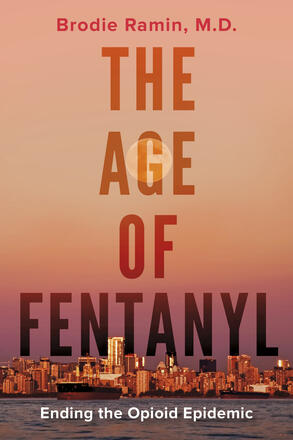
The Age of Fentanyl
Ending the Opioid Epidemic
Description
North America is facing a crisis. The first warning signs appeared in media reports of OxyContin abuse and over-prescription in the 1990s. Today, there is an opioid epidemic—fentanyl is the leading cause of overdose death in North America. From his perspective as an addiction physician working on the front lines of the epidemic, Dr. Brodie Ramin discusses the disease and the cure.
Awards
- Short-listed, Ottawa Book Awards, Non-Fiction English 2021
- Short-listed, The Donner Prize 2020
- Short-listed, Speaker's Book Award 2020
Reviews
A first-hand clinician’s account of one of today’s greatest social crises…. There are lessons here for everyone.
- Jeff Turnbull, Medical Director of Ottawa Inner City Health
A fascinating, wise, and humane analysis of one of the most pressing health challenges of the 21st century.
- Steven Pinker, Johnstone Professor of Psychology, Harvard University, and author of Enlightenment Now
The Age of Fentanyl so perfectly captures the reality of this epidemic . .. Each chapter is aimed not only to inform but as a call to action. Dr. Ramin strips away the curtain and points forward.
- White Wall Review
Ramin's voice of concern echoes across the pages, supported always with a solid basis of research . .. The Age of Fentanyl: Ending the Opioid Epidemic is a thorough, thoughtful, and hopeful examination of the world of addiction.
- Ormsby Review